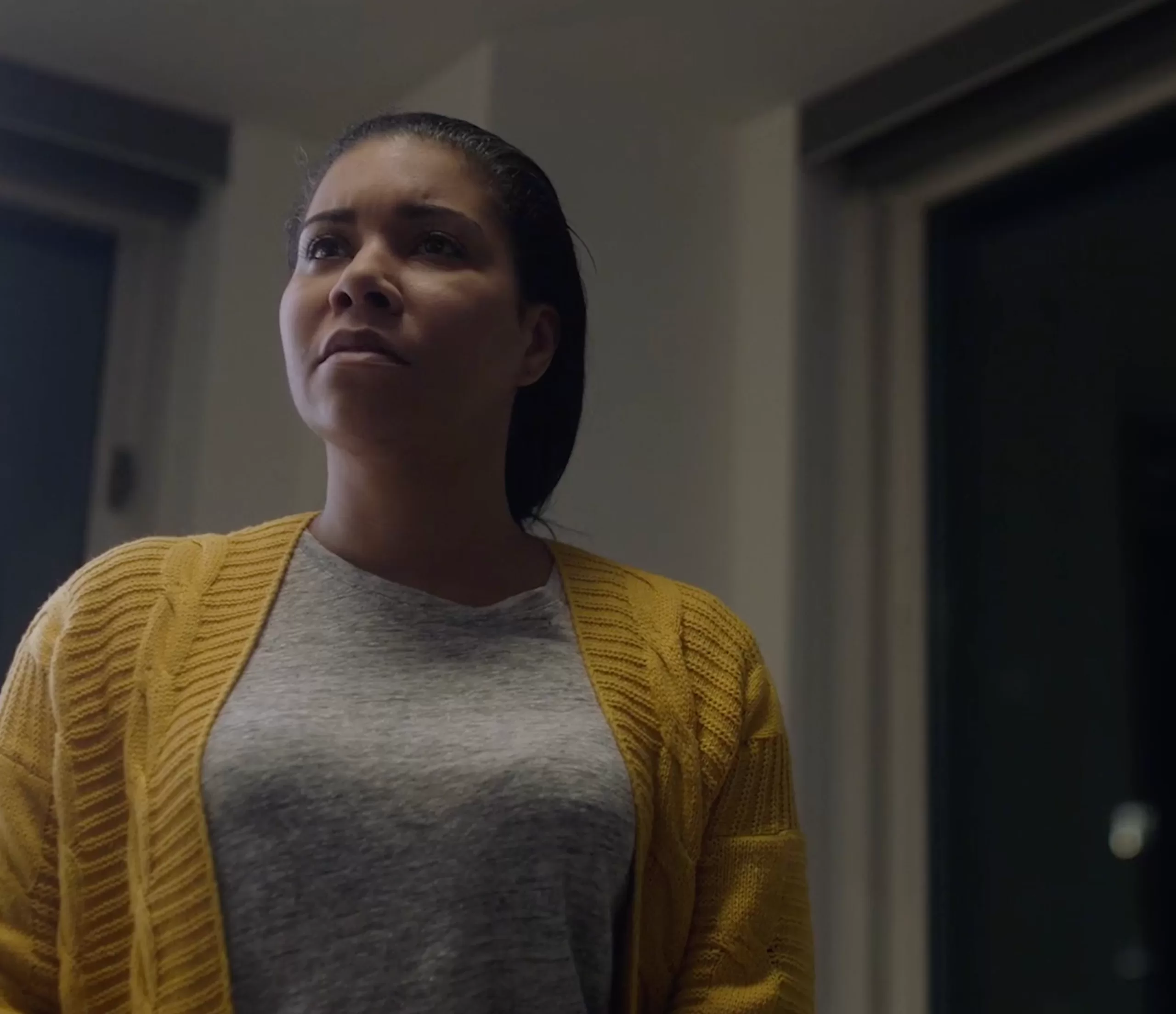“Street Gang: How We Got to Sesame Street” | REVIEW
(this film premiered at the recent Sundance Film Festival)
“Time it was
And what a time it was
It was . . .
A time of innocence
A time of confidences
Long ago . . . it must be . . .
I have a photograph
Preserve your memories
They’re all that’s left you”
The friendships we make in our youth live and breathe in our souls for the rest of our lives. There is nothing like it.
Watching Marilyn Agrelo’s new documentary “Street Gang: How We Got to Sesame Street,” I felt as if I was part of a reunion of old friends—or better yet, family. The characters (both human and Muppet) that inhabited “Sesame Street” were very much my friends. They were my buddies and my teachers, and I learned so much about life. I learned how to dry both sides of my body from watching instructions by a cartoon elephant! And yes, I still think of him every time I do.
It was Ernie and Bert who spoke to friendship. It was Big Bird who spoke to innocence. The main cast, the Street’s tenants spoke to family and diversity.
All of us who are a part of the Sesame Street generation learned from the most unlikely of scholars. We learned to count from a Count. Our nursery rhymes were hosted by a roving reporter named Kermit the Frog. Tolerance was taught to us by a grouch who lives in a trash can.
I was fortunate to grow up in the heyday of “Sesame Street.” The show began the year I was born, 1969 and became a groundbreaking and, to this day, unique, children’s show that never spoke down to them.
Documentary producer for public television Joan Ganz Cooney created the show. It was her idea, as she wanted a show that didn’t try to hypnotize children into buying products through catchy songs, which is what most kids shows did in those days. She wanted a show that would teach children, but also make them feel.
With a big budget, the show was underway and almost immediately caught fire with both kids and their parents.
The showrunners figured out that if adults watched the show with their kids, perhaps the kids would learn even more. Comedy writers were hired to sell some jokes that played to things adults were familiar with. “Monsterpiece Theater,” a mop-topped group of Muppets singing “Letter B”, etc.
The writers and creators of “Sesame Street” had one main goal, to make television socially valuable and this a goal they met in every single show.
Sesame Street taught children not just letters and numbers, it infused each child with a spirit of inclusion and love. Every child, at home or on set, is forever a member of the family.
The mission of the show was truth. Do not lie or sugarcoat to children about life. The most beautiful example is how “Sesame Street” dealt with the 1982 death of Will Lee who played the popular character and Big Bird’s best friend, “Mr. Hooper.”
The writers researched how young children react to death and put that truth into Big Bird’s reaction, as he must confront the reality that his dear friend will never come back. The tears from the cast are real. To this day, it is one of the most moving moments in the history of television.
The tremendous amount of backstory is wonderfully presented through classic footage, interviews, and behind-the-scenes footage. We hear from the original cast members and the puppeteers who created the beloved characters.
A highlight from “Street Gang” is seeing hilarious outtakes of Carol Spinney as “Oscar the Grouch,” getting raunchy in between takes and many wonderful moments between Frank Oz and Jim Henson as they ad-lib arguments between Ernie and Bert.
That is one of the most important messages behind this documentary and of the show itself: laughter. It was everywhere on the set and behind the scenes.
Of course, there were real-world problems but many of the interviews state that their time on the show shared the common thread of laughter.
I would be remiss not to mention the impact of the Sesame Street songs. Songs about playing, learning, bouncing, washing, and yes, singing, are forever playing in our memories. Each one created lovingly and with pure fun by Joe Raposo.
In a fun retro interview, he says he has no clue where some of his lyrics come from. They just come out with the melodies. What enduring melodies Raposo has left is.
This is an incredibly moving film about a show that was created out of love and respect for our children. The important impact of this show on the minds and hearts of children and adults is eternal.
It is asked about one of the silly puppet sketches, “What are we teaching?” The answer? “Happiness!”
That was one of the goals of the show and of this documentary and with its charming look at the show for children, “Street Gang: How We Got to Sesame Street” has achieved that goal.
Charming, sweet, and profoundly moving, this is a beautiful documentary about a project that brought together a nation and made us all a part of the Sesame Street family.
news via inbox
Nulla turp dis cursus. Integer liberos euismod pretium faucibua




